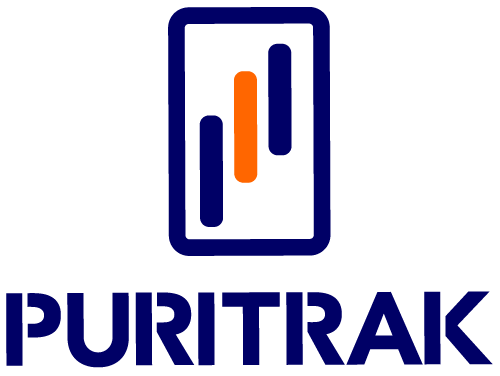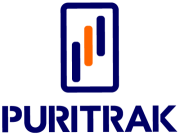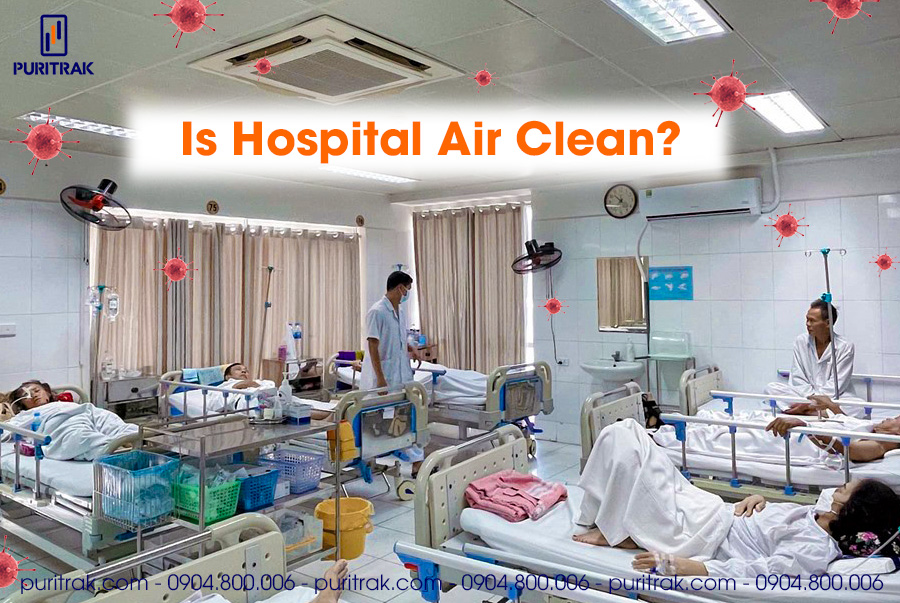
We tend to think of hospitals as places of healing, not places where we risk catching infectious diseases. However, during the worst waves of the pandemic, droves of people avoided emergency rooms for fear of catching the virus. The truth is that patients in hospital settings have been threatened by infectious diseases long before the advent of COVID-19.
How dangerous is it to simply breathe the air in hospitals? What can be done to eradicate the airborne pathogens that circulate in hospital settings, threatening the lives of patients? Find out in this article! People can become infected with bacteria, viruses, fungi and other microorga.
1.1. The potential for infection in hospitals
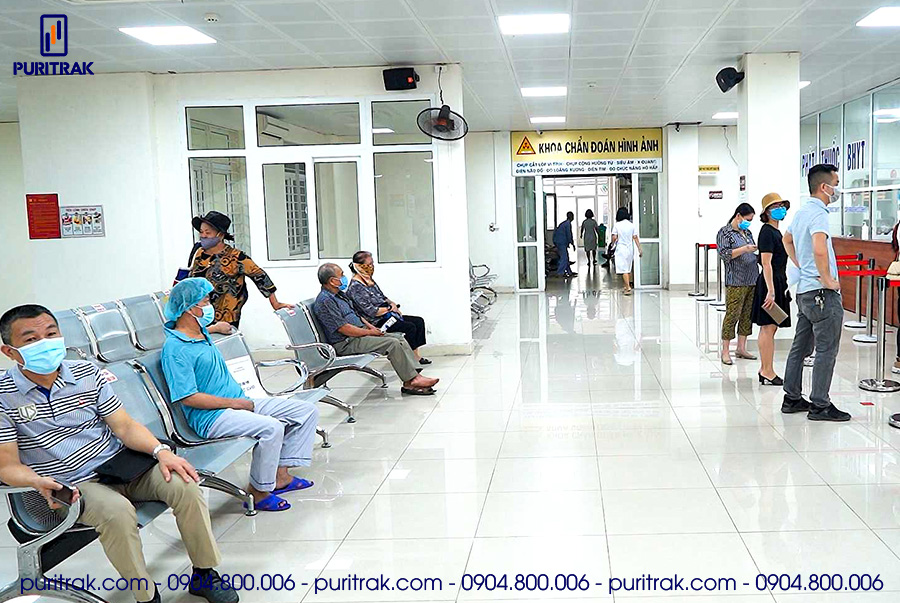
People can become infected with bacteria, viruses, fungi and other microorganisms through airborne transmission and contact with infected people or contaminated surfaces, fluids or food. When these infections occur in hospital settings, they are called nosocomial infections. Health care-employees need to clean and purify the surroundings of patients to prevent hospital acquired infections.
In Canada, more than 65,000 patients have contracted COVID-19 infections while receiving health care treatment. This number has had a significant impact on healthcare services, due in part to the emergence of pathogens that are increasingly resistant to antibiotics and require more medical attention from healthcare workers.
Without diligent infection control measures, the pathogens circulating in hospitals pose significant risks to patients. We see it every year with the increase in C. Difficile or other strong bacteria.
1.2. Infection control strategies
There are a variety of strategies that can be used to control the rate of infection in healthcare settings, some focusing on contact with people and surfaces, others focusing on mitigating airborne transmission.
Hand hygiene
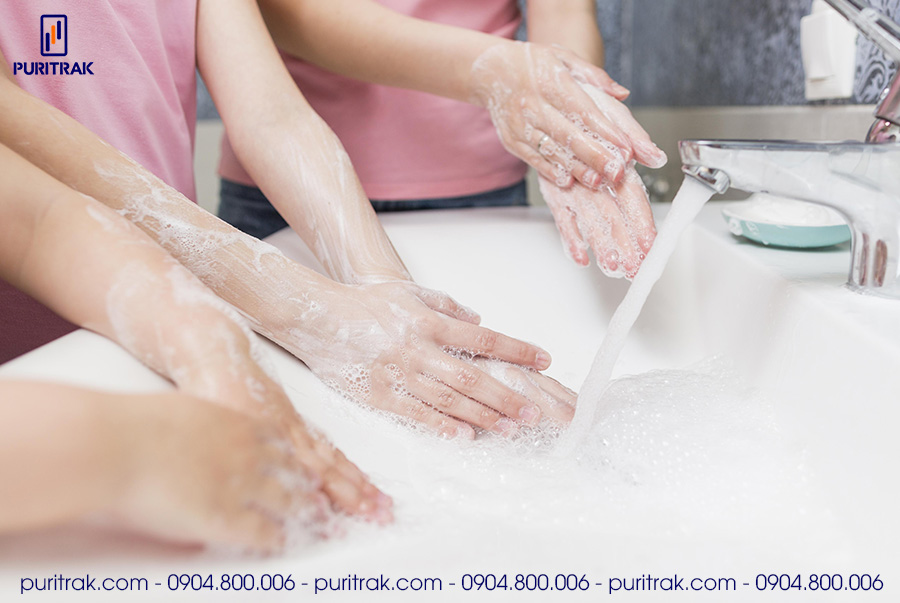
Hand hygiene is vitally important for both healthcare workers and visitors. Improving hand hygiene by just 20% reduces the rate of infections. Hands should be washed frequently with soap and warm water for at least 20 seconds. Alcohol-based hand sanitizer can also be used.
Surface disinfection
Many infections can be transmitted through contact with contaminated surfaces. It’s important for medical equipment and surfaces to be disinfected shortly after each time they are used in order to prevent transmission. In addition to traditional cleaning methods, UV technology such as Sanuvox products, can be used for surface disinfection.
Environmental infection control

There are four types of environmental infection control that can be implemented in hospitals to mitigate airborne transmission.
- Dilution consists of introducing fresh air from outside to dilute the contaminated air. Unfortunately, it is often impractical to continually replace all contaminated air with outdoor air due to the expense of conditioning it, so while this practice can be helpful, it is not enough on its own. In addition, the operating costs surrounding the number of air changes per hour must be considered. In use, these costs can become exorbitant, especially during periods of extreme cold.
- Filtration consists of installing air filters to trap microorganisms. Although air filtration has been widely adopted by medical facilities, studies have shown that it is inadequate when it comes to controlling airborne pathogens. Air filters have trouble trapping certain sizes of particulates, meaning that many microbes can still pass through.
- Pressurization consists of using air pressure to create self-contained spaces in order to protect against cross-contamination from one space to the next. Unfortunately, this method is difficult to control. Disruptions as simple as frequently opened doors can considerably lessen its effectiveness.
- Disinfection consists of using equipment that neutralizes the pathogens in the air. Medical-grade air purifiers with UV technology are ideally suited for this purpose.
1.3. The advantages of UV-C technology as a disinfection strategy
UV technology uses a particular wavelength of ultraviolet light to deactivate and destroy microorganisms of all kinds, rendering them harmless. Science has not yet found any microorganism that can resist the destructive effects of the 254-nm germicidal wavelength emitted by UV-C lamps.
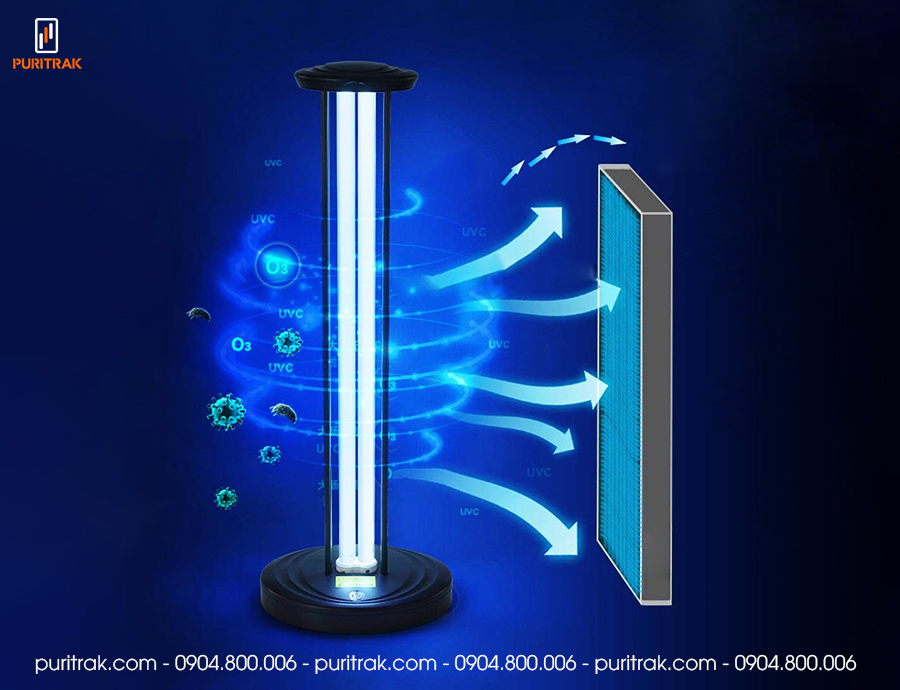
UV-C is a tried-and-true disinfection method that has been used for medical equipment and air sterilization in hospital settings for over 70 years. However, since the 1950s, the medical system has become increasingly dependent on antibiotics and has consequently under-utilized preventive UV-C technology. Now, with the advent of antibiotic-resistant “superbugs”, healthcare facilities would be well-advised to make use of UV-C disinfection .
There are two applications for UV-C technology against airborne infectious agents: in-room units and in-duct HVAC systems. In-room disinfection units interrupt airborne transmission in patient rooms, waiting rooms, hallways, stairwells, etc. They use a fan and an intense concealed UVC source to intercept and deactivate the pathogens at the source, as they are being generated by humans. HVAC in-duct UV-C disinfection prevents microbes from proliferating and spreading in the HVAC system, which would otherwise provide an ideal conduit for them.
1.4. Breathe clean air with Puritrak
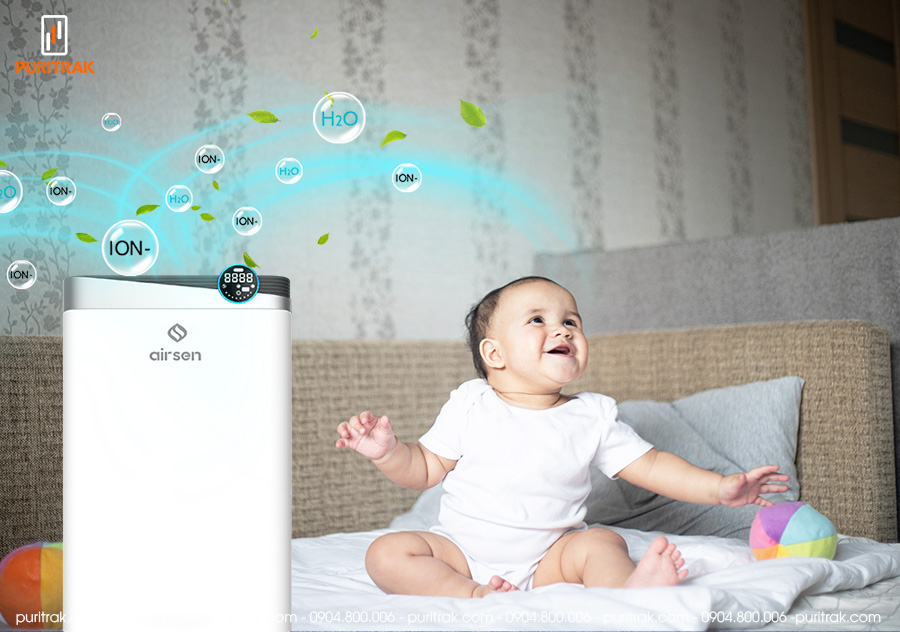
Unless it is properly sterilized, hospital air is not clean. In fact, it can contain a variety of pathogens that can cause infection and threaten patients’ lives. It is vitally important for health care facilities to use the proper environmental infection control methods to clean the air and lower the risk of airborne transmission.
Puritrak is a pioneering company in the air purification industry, offering cutting-edge air filtration solutions. With its superior UV-C air purification system, Puritrak effectively eliminates airborne pathogens, ensuring a commitment to delivering safe and fresh air.
If you need information about our air filtration systems, please contact our technical department using the contact details provided below. The Puritrak team is ready to assist and address any inquiries you may have. Thank you for reading our article!
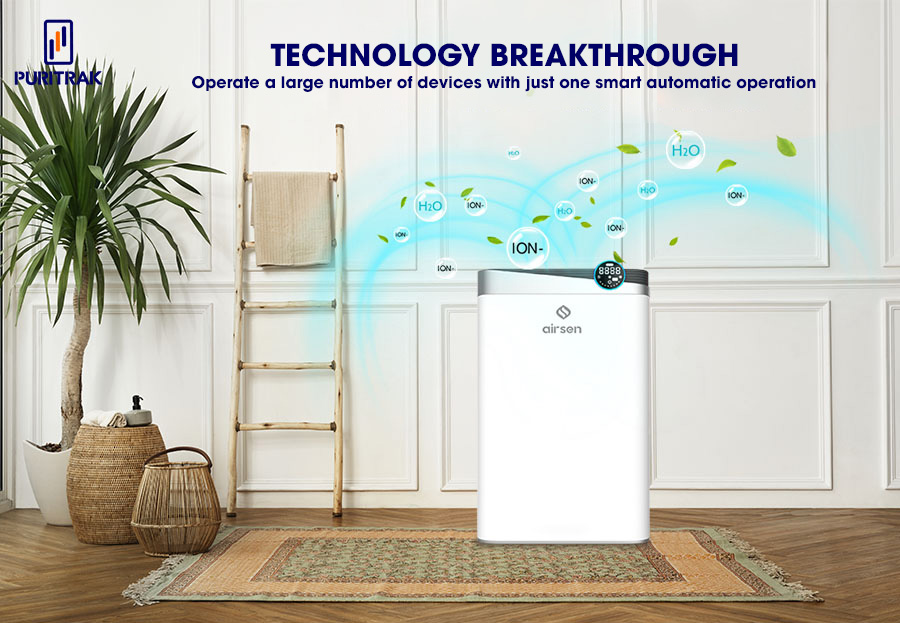
Contact Information:
Hotline: 0904.800.006
Website: puritrak.com
Email: [email protected]
Fanpage: Puritrak
